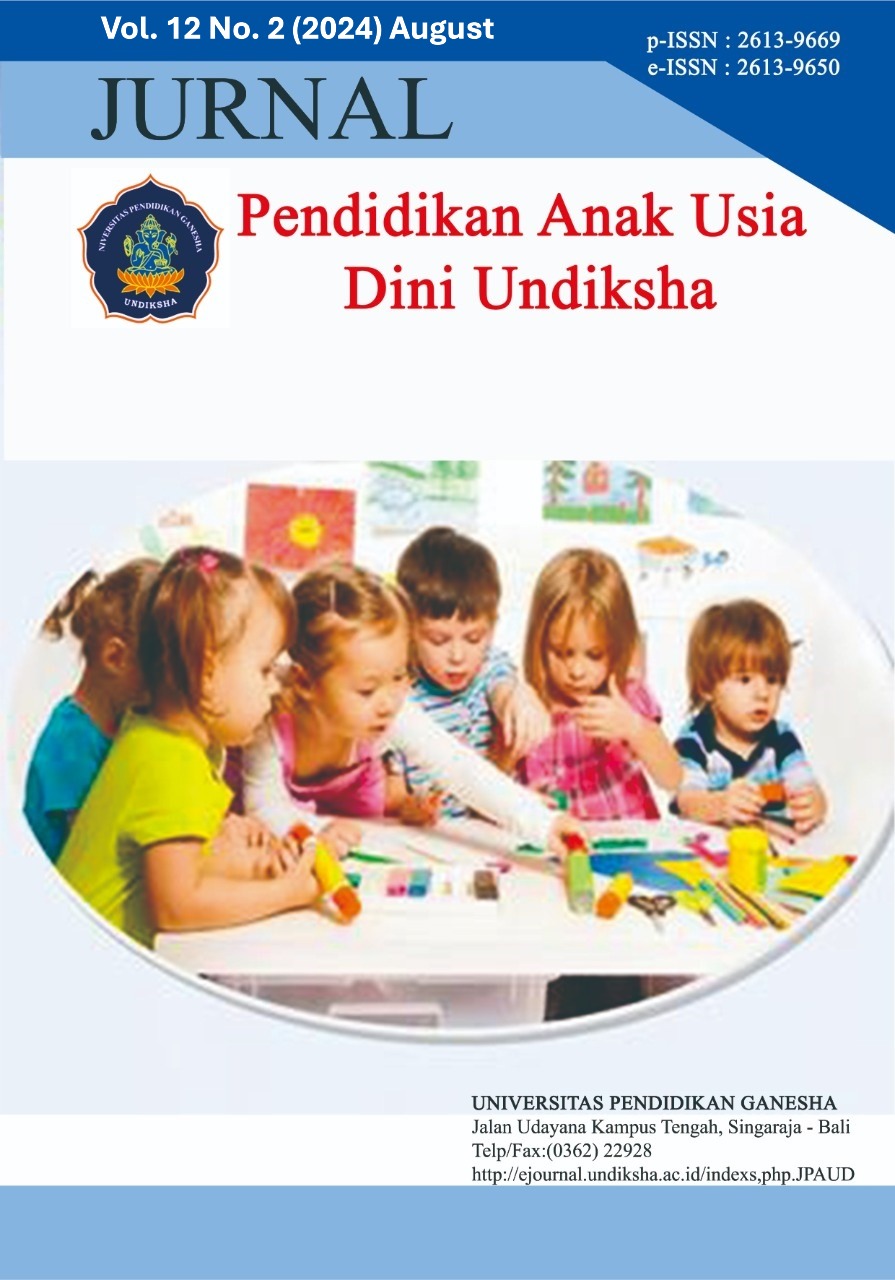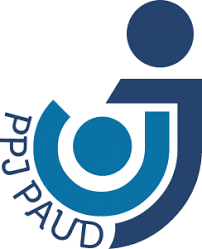Fostering Interpersonal Intelligence in Early Childhood Through Traditional Gobak Sodor Game
DOI:
https://doi.org/10.23887/paud.v12i2.71797Keywords:
Gobak Sodor, Interpersonal Intelligence, ChildrenAbstract
The golden age of early childhood is a crucial period for developing multiple intelligences, including interpersonal intelligence. Interpersonal intelligence refers to the ability to relate to and collaborate with others. This intelligence can be stimulated through traditional games, one of which is gobak sodor. This study employed a quantitative research approach with a descriptive design using correlational analysis. The objective was to examine the relationship between the traditional gobak sodor game and the interpersonal intelligence of children. The study population comprised all children aged 5–6 years, with a purposive sampling technique used to select 35 participants. Data collection methods included observation and documentation. The data were analyzed using simple correlational analysis through IBM SPSS Statistics version 26.0, preceded by a normality test. The results of the correlation test showed a significance value of 0.000 < 0.05, indicating a significant relationship. Furthermore, the Pearson correlation coefficient of 0.810 suggests a strong and positive correlation between the variables. These findings highlight that the traditional gobak sodor game is an effective medium for stimulating interpersonal intelligence in children. It underscores the importance of integrating traditional games into early childhood education to enhance social and collaborative skills, contributing to holistic development.
Published
How to Cite
Issue
Section
License
Copyright (c) 2024 Nur Fairuz, Sudaryanti

This work is licensed under a Creative Commons Attribution-ShareAlike 4.0 International License.
Authors who publish with the Jurnal Pendidikan Anak Usia Dini Undiksha agree to the following terms:
- Authors retain copyright and grant the journal the right of first publication with the work simultaneously licensed under a Creative Commons Attribution License (CC BY-SA 4.0) that allows others to share the work with an acknowledgment of the work's authorship and initial publication in this journal.
- Authors are able to enter into separate, additional contractual arrangements for the non-exclusive distribution of the journal's published version of the work (e.g., post it to an institutional repository or publish it in a book), with an acknowledgment of its initial publication in this journal.
- Authors are permitted and encouraged to post their work online (e.g., in institutional repositories or on their website) prior to and during the submission process, as it can lead to productive exchanges, as well as earlier and greater citation of published work. (See The Effect of Open Access)











